Oh my! Just the idea of homeschooling may seem overwhelming to you, and now I’m asking you to be creative as you homeschool?
I already know what you’re thinking: “I’m not a creative person!”
Don’t worry. I’ve got good news. You don’t have to be. The purpose of this post is to give you ideas so you don’t have to reinvent the wheel.
I’m sure there are thousands of other tips and tricks, but my goal isn’t to overwhelm you. I just want to get you started.
Want to start homeschooling now? Be sure to read my post, Yes, You CAN Homeschool!
Be Creative as You Homeschool
Here are six simple tips to help you to “think outside the box” to be creative as you homeschool.
Tip #1 – You DO NOT need to recreate the school setting at home.
I repeat. You DO NOT need to try and replicate the school setting at home. Homeschooling doesn’t require a schoolroom, tons or expensive curricula, or even a strict schedule. {Read more about setting up a homeschool routine, NOT schedule.}
Note: While I do have a homeschool room, it was something I wanted for my house because it fits my personality to have things in an organized space. But our homeschool room has become more of a storage space for all our school things. It definitely isn’t the only space where my kids do their work around the house {and yard}.
Tip #2 – Use the things you have on-hand as teaching tools.
Working on counting, addition, or subtraction? Use an old bag of dried beans from your pantry. Go outside and collect a few pebbles and use them.
Working on money skills? Grab some loose coins {we have a loose change money jar in our kitchen cabinet} and work on counting coins.
You can even use bottle caps from bottled sodas or water. Just write numbers or letters on the tops with permanent marker, and learners can spell words, sort letters, or even create math equations!
Want some more creative and cheap ideas for school supplies? You’ll find lots in our Homeschool Hacks post.
My main point here is that you don’t need to spend hundreds of dollars on manipulatives and supplies. Use what you can from what you already have around the house!
TIP #3 – GET HANDS-ON!
The best way to learn is hands-on. While workbooks and worksheets have their place, learning in hands-on ways is always more engaging, fun, and memorable! Instead of writing a report about medieval keeps and bonjons, have your child create one.
{This is my high schooler’s most recent project for world history. His first project can be found here.}
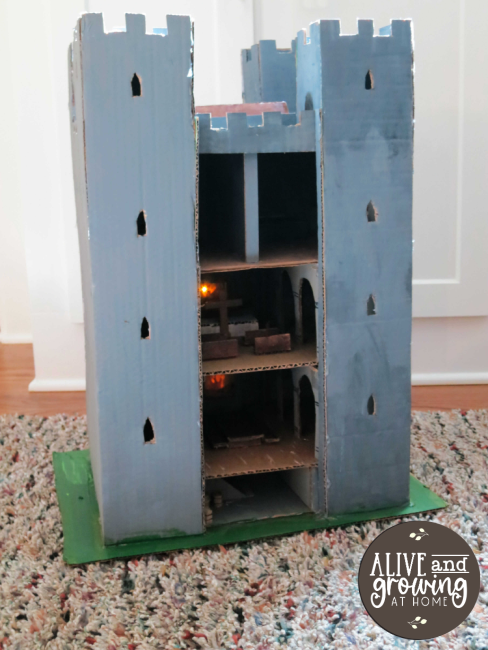
Get outside. Start a garden. Start composting. Work on meal planning and cooking together. Start a workout plan. Go on nature walks. Visit a local park or museum. Work on science projects or experiments together.
Learning DOES NOT just happen via books and workbooks. The world is a classroom. I know that sounds cheesy, but it’s very, very true for all ages!
Tip #4 – Use boxed curriculum only when necessary.
Boxed curriculum has it’s place. I have a whole post about homeschooling curriculum choices. But it isn’t always necessary. Here are my suggestions for when boxed curriculum can be extremely helpful:
1. When you’re weak at teaching a subject. For example, there’s NO WAY under God’s blue sky that I can create or teach anything related to Algebra or Chemistry. I am completely inept in teaching these subjects. A boxed curriculum was a MUST for me.
2. When you’re new to homeschooling. When I was a new classroom teacher, I clung to nearly every word of my teacher’s manuals. But as I began to feel more and more comfortable, I branched out more and more.
3. When you’re teaching a struggling learner. If you are struggling to teach your struggling learner, curricula designed specifically for struggling learners can be a big, big help.
4. When you can’t focus all your attention on homeschooling. Maybe you work part time or full time. Boxed curricula can be a huge support for you and your family.
If you teach a struggling learner, I’ve written a post, Best Curricula for Struggling Learners, that you may find extremely helpful and you look for curricula to match your needs.
Tip #5 – You are not tied to your curriculum.
I have three shocking statements for you concerning curriculum:
Shocker 1. You do not have to finish every assignment or every lesson from a boxed curriculum. Nope. You don’t. There have been times when we’ve completely skipped lessons with concepts and skills that I 100% know my child completely understands and already applies. There’s no need to beat a dead horse.
Shocker 2. I do not give my kids all the tests from a curriculum either.
Think about it. Why do teachers give tests? To assess what their learners know. So, if I can have a conversation about a history chapter they’ve read or a field trip we went on and assess that they understand the concepts and skills, I don’t need a test to tell me they know the information.
*Note: If your state or area requires an end-of-the-year test, like our state does, be sure you DO give that one!
Shocker 3. You do not have to keep pushing through a curriculum if it isn’t a good fit for you or your child.
My oldest has learning challenges. When I brought him back home to be homeschooled in high school, it took us some time for me to get to know what would/wouldn’t work for him. I initially bought an online writing curriculum for him that did not provide any of the supports he needed.
I thought it would work, but within just a couple of weeks, I could clearly see that it only frustrated him. I was able to get a full refund. We bought IEW, and I never looked back. It has offered all the supports that he needs to succeed in writing.
Tip #6 – Know yourself and know your learner.
I know this might sound like an odd tip for being creative, but it really does help! {See #5 Tip.} One of the benefits of knowing what you like/don’t like and also knowing your learner is that it helps you tailor teaching and learning to you and your child.
Visit my post, Choosing the “Right” Homeschool Curriculum for some practical help in getting to know your child as a learner.
One of the greatest benefits of homeschooling is the freedom and flexibility you have to make it work for YOUR family. You do not have to do things exactly like anyone else. While that may seem intimidating at first, this has been one of my top three favorite aspects of homeschooling!
I hope these ideas have given you just a spark of hope as you consider and start homeschooling. Yes, you CAN be creative as you homeschool!
Enjoy homeschooling!
~Becky
Find the Posts in this Homeschool Series
Click on the images below to find the posts.
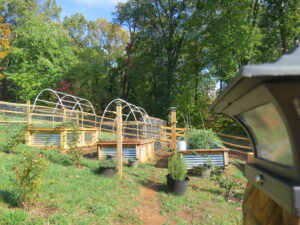
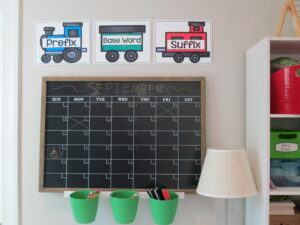

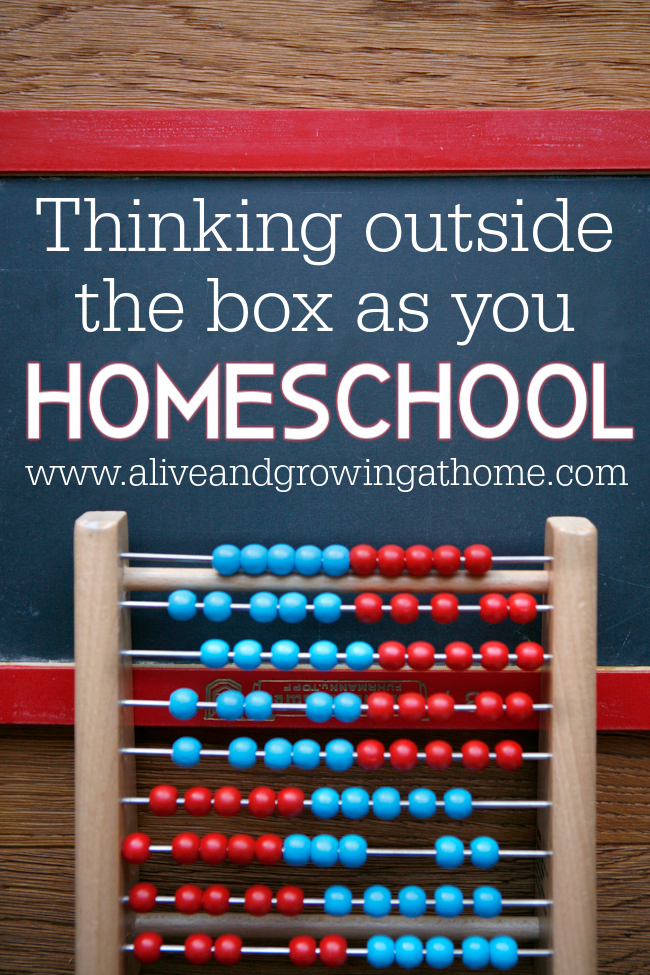

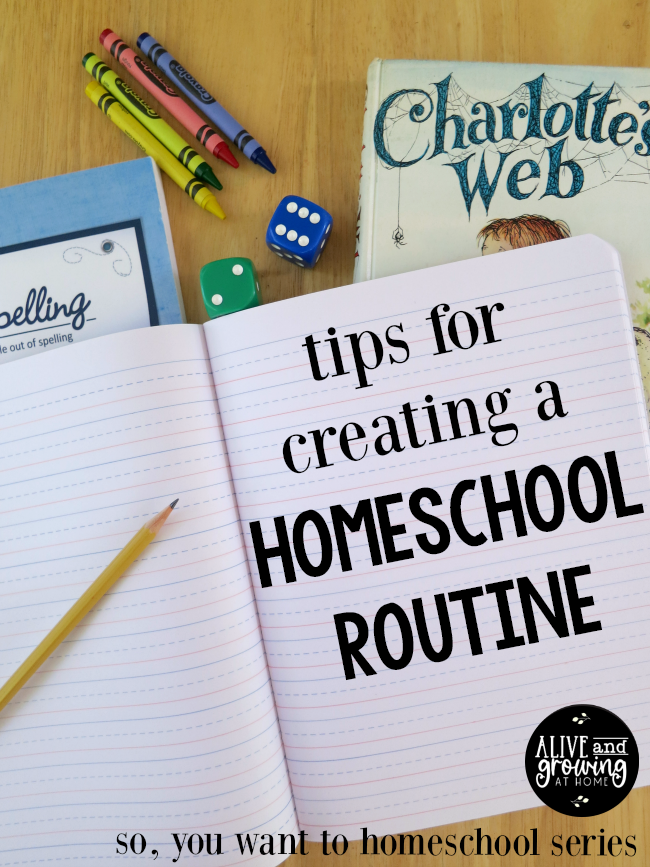
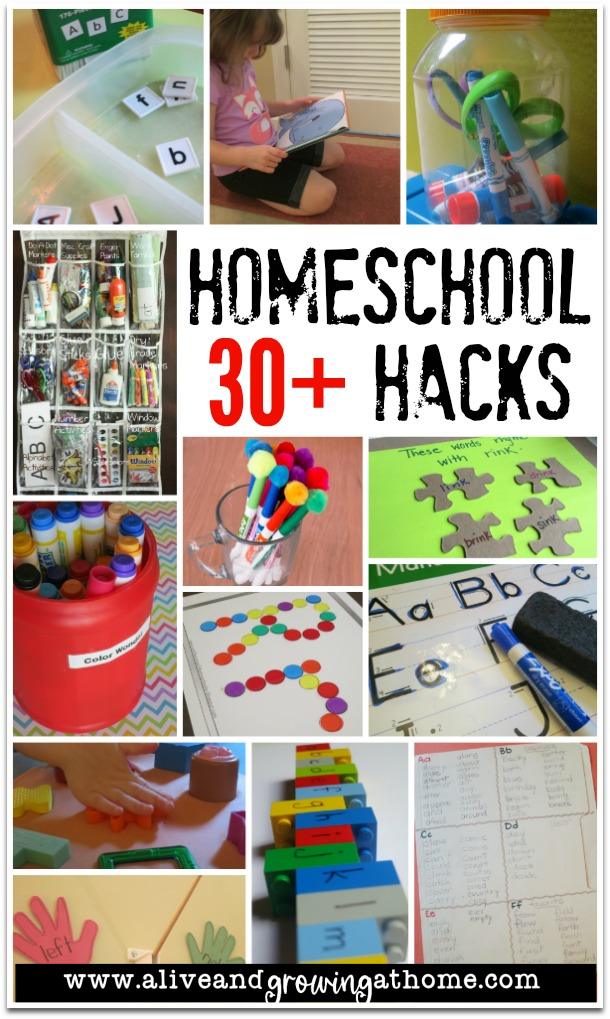
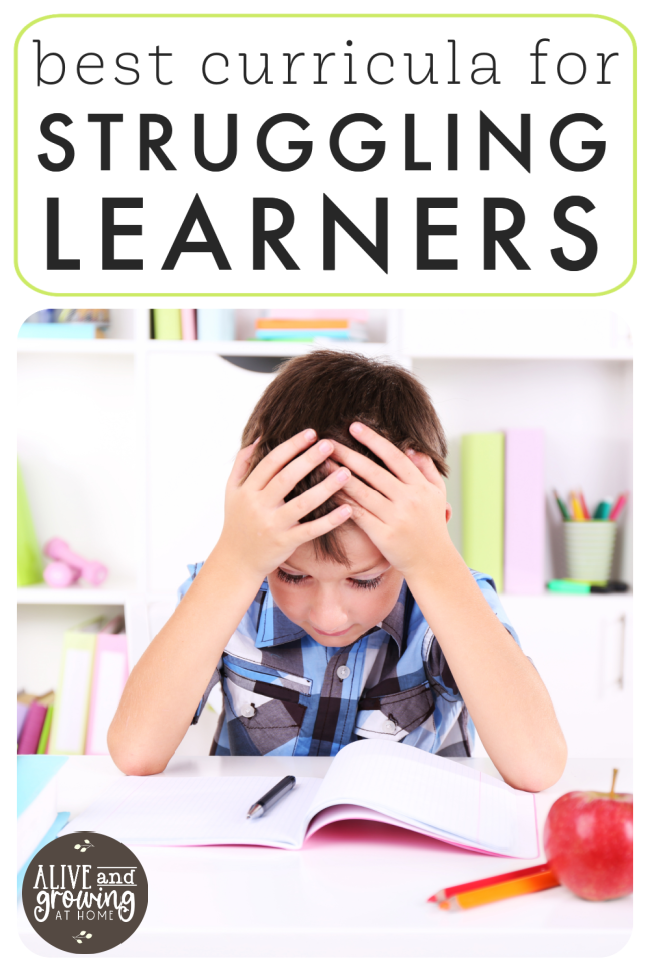
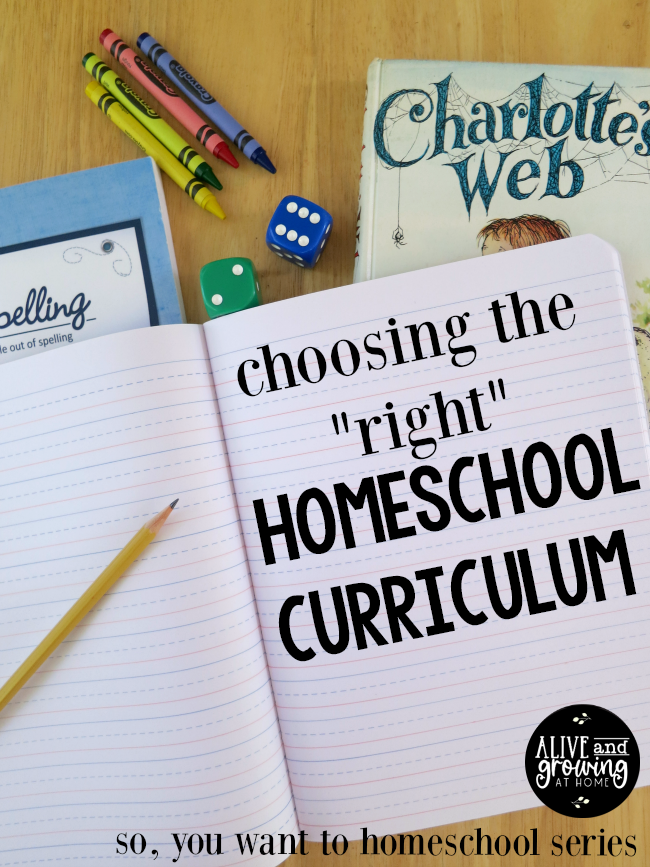
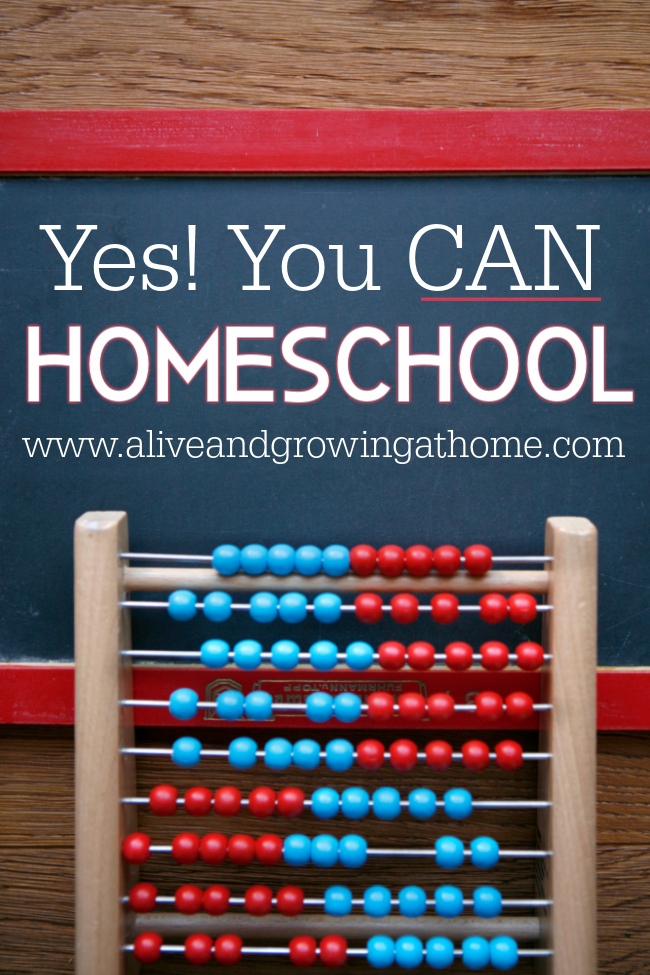
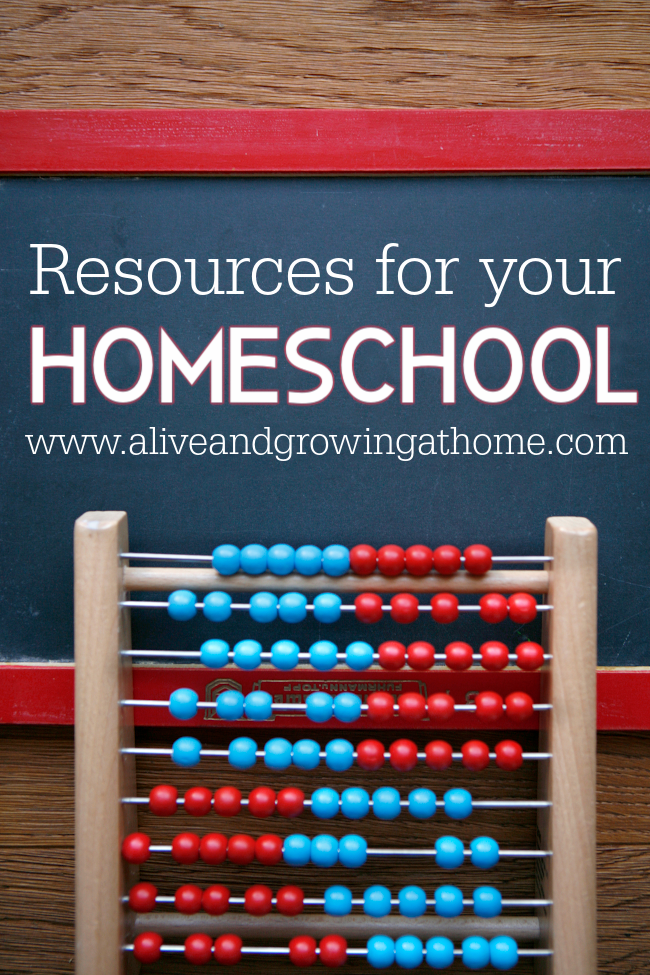
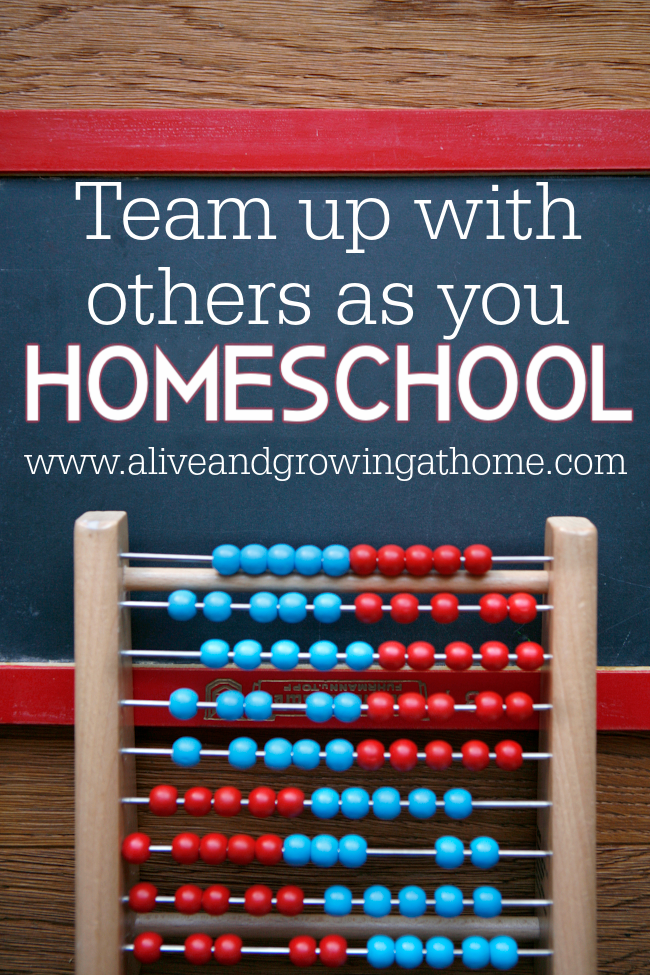
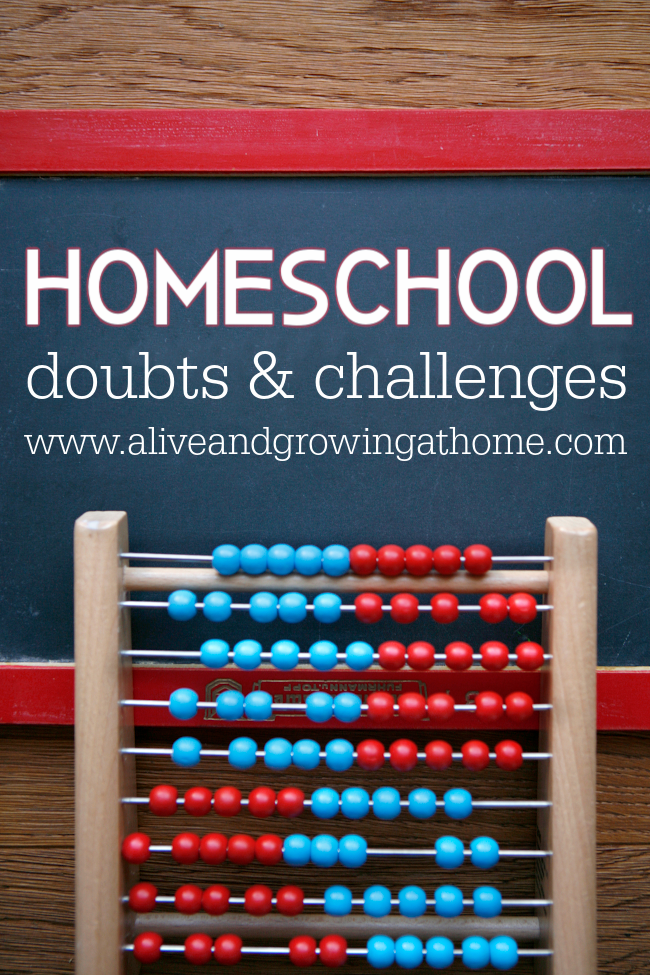

Leave a Reply